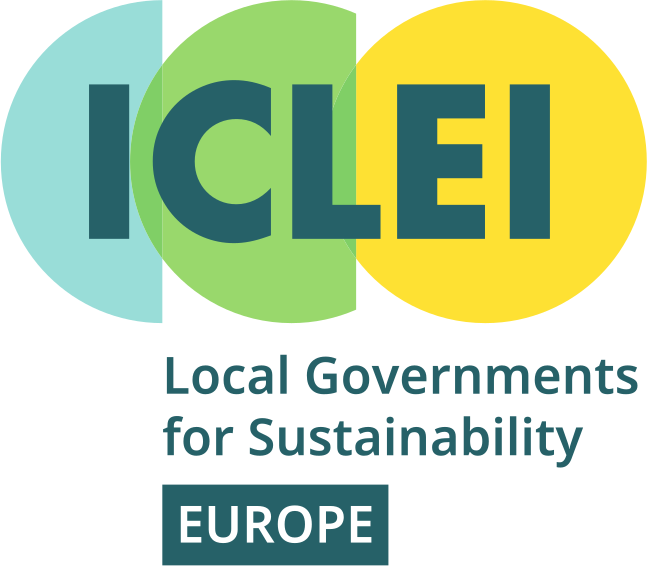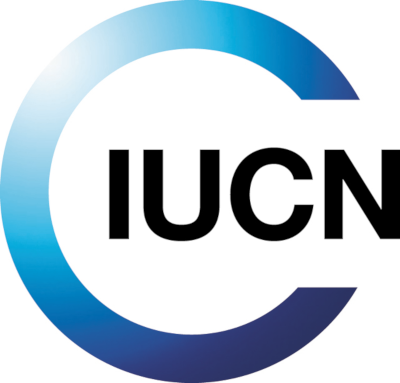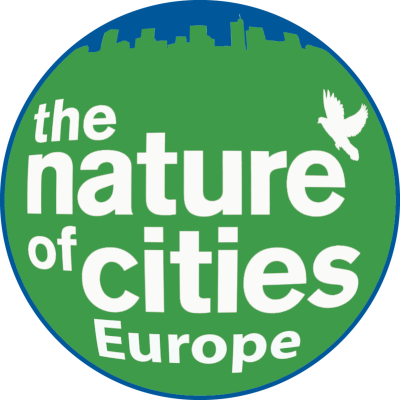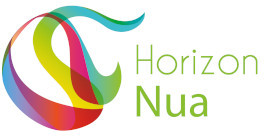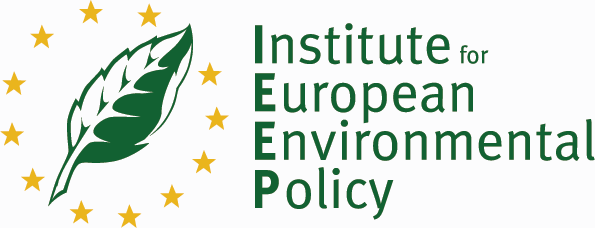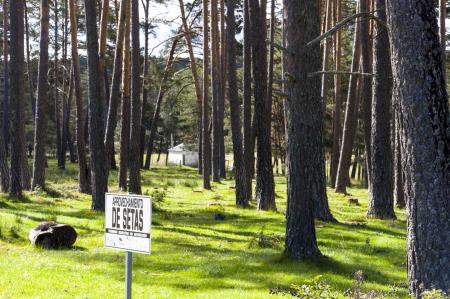
Objective:
The purpose of this normative is to regulate the Wild Mycological Resources in Castilla y León. Specifically, the normative reflects the basic and appropriate measures for the conservation of wild mushroom species, their sustainable management and use, their marketing for food consumption, the promotion of knowledge, as well as the appreciation and respect for the ecological function of the mushrooms in the forest.
Context:
This normative was published on October 9,2017 in the Official Bullettin of Castilla y Léon and it applies to all the region. The normative establishes the bases for the development and regulation of mycological use, differentiating three types of use: regulated, reserved and episodic. Among the regulated uses, the most remarkable fact is the definition of the figure of mycological park, as well as the procedure for their declaration. This norm also defines the basic principles for the commercialisation of wild mushrooms for food use, as well as mechanisms for the development of traceability of mycological products.
Contacts:
José Miguel Altelarrea Martínez

